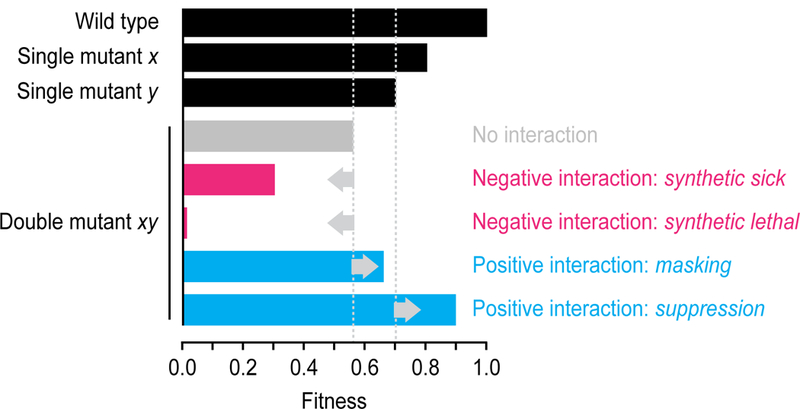Figure 1. Genetic interaction classes involving two genes.

In yeast, genetic interactions are frequently scored using a multiplicative model. When two single mutants (x and y) have a fitness of 0.8 and 0.7 relative to wild-type cells, the expected double mutant (xy) fitness is 0.8 × 0.7 = 0.56. Negative and positive interactions occur when the fitness defect of a double mutant is either more or less severe, respectively, than this expected fitness. A synthetic sick negative genetic interaction occurs when the observed double mutant fitness is lower than expected, but still viable. In a synthetic lethal negative genetic interaction, the combination of two viable single mutants results in an inviable double mutant. A masking positive interaction occurs when the fitness of the double mutant is greater than expected, but lower or equal to that of the slowest growing single mutant. Suppression positive interactions occur when the double mutant fitness is greater than that of the slowest growing single mutant.
